Useful links & resources
The links below are a wealth of information on protecting bees for future generations.
From Asian hornet ID posters and reporting apps to national bee organisations and local campaigns you can get involved, with we hope this list helps on your beekeeping journey.
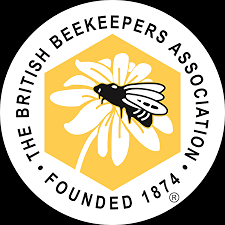
The BBKA was founded in 1874 and brings together county beekeeping associations, to represent their interests at the government level and to facilitate a nationwide educational structure supported by a common examination process.
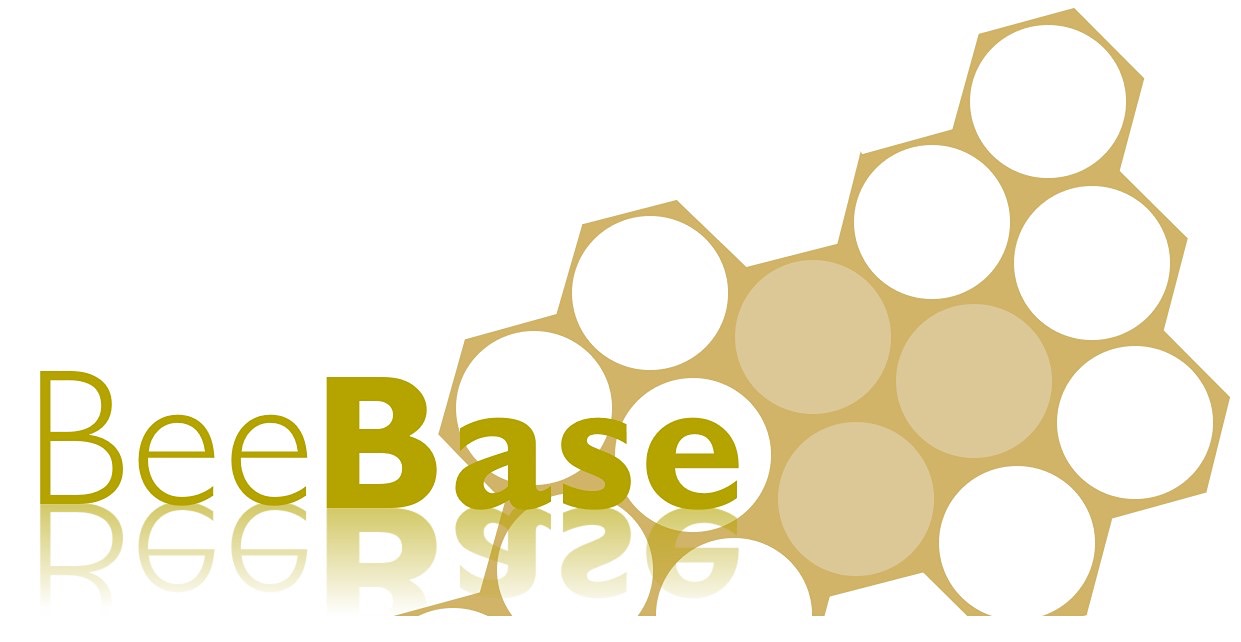
The National Bee Unit (NBU) delivers the Bee Health Programmes on behalf of Department for Environment Food and Rural Affairs (Defra) and Welsh Government (WG) in England & Wales.
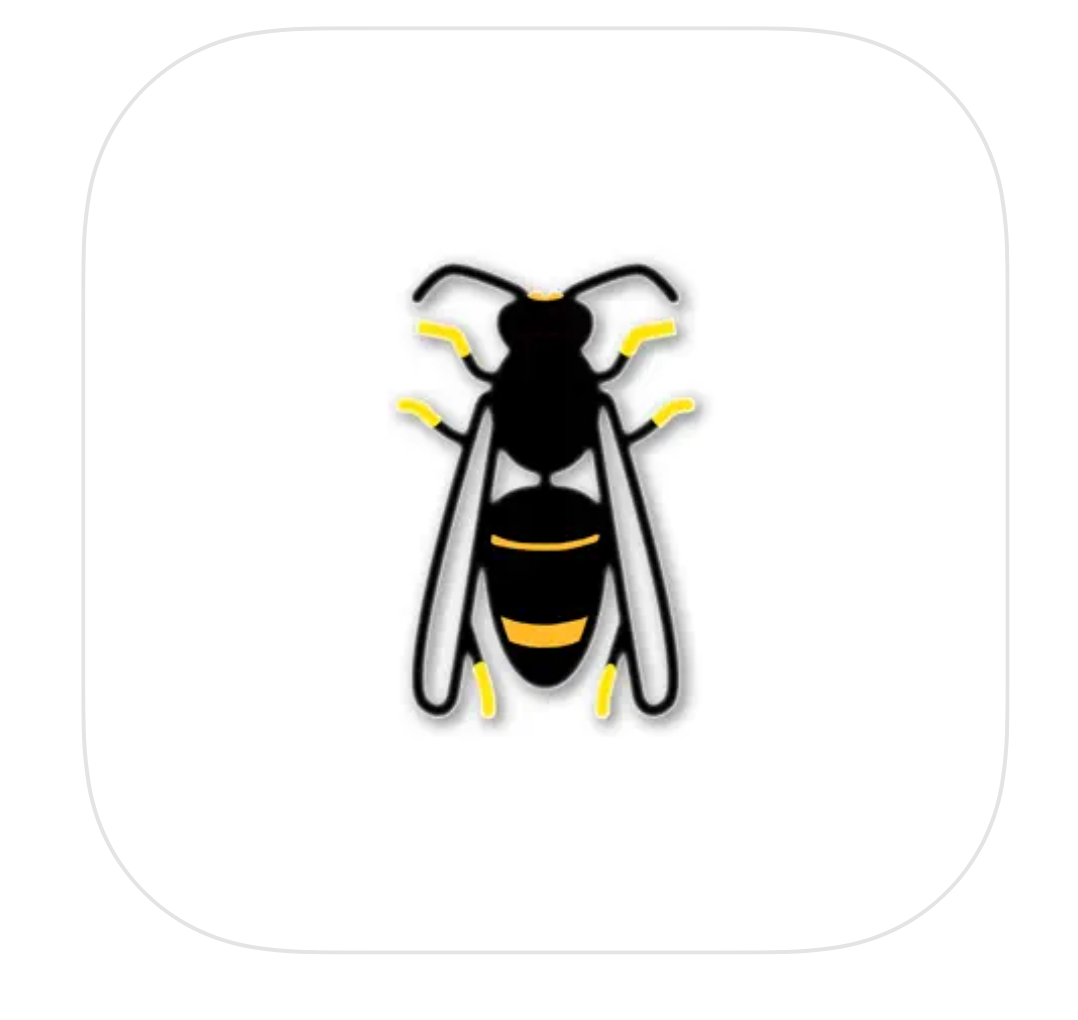
Asian Hornet
Watch App
Report any suspected sightings of the Asian hornet immediately with a photo, via the app
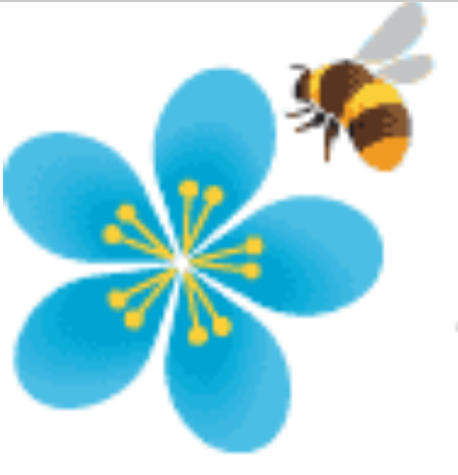
Lots of information about Bumble bees and other species of bees

David Cushman
Dave Cushman's website is a huge resource that is considered by many to be the world's most comprehensive and authoritative beekeeping website.
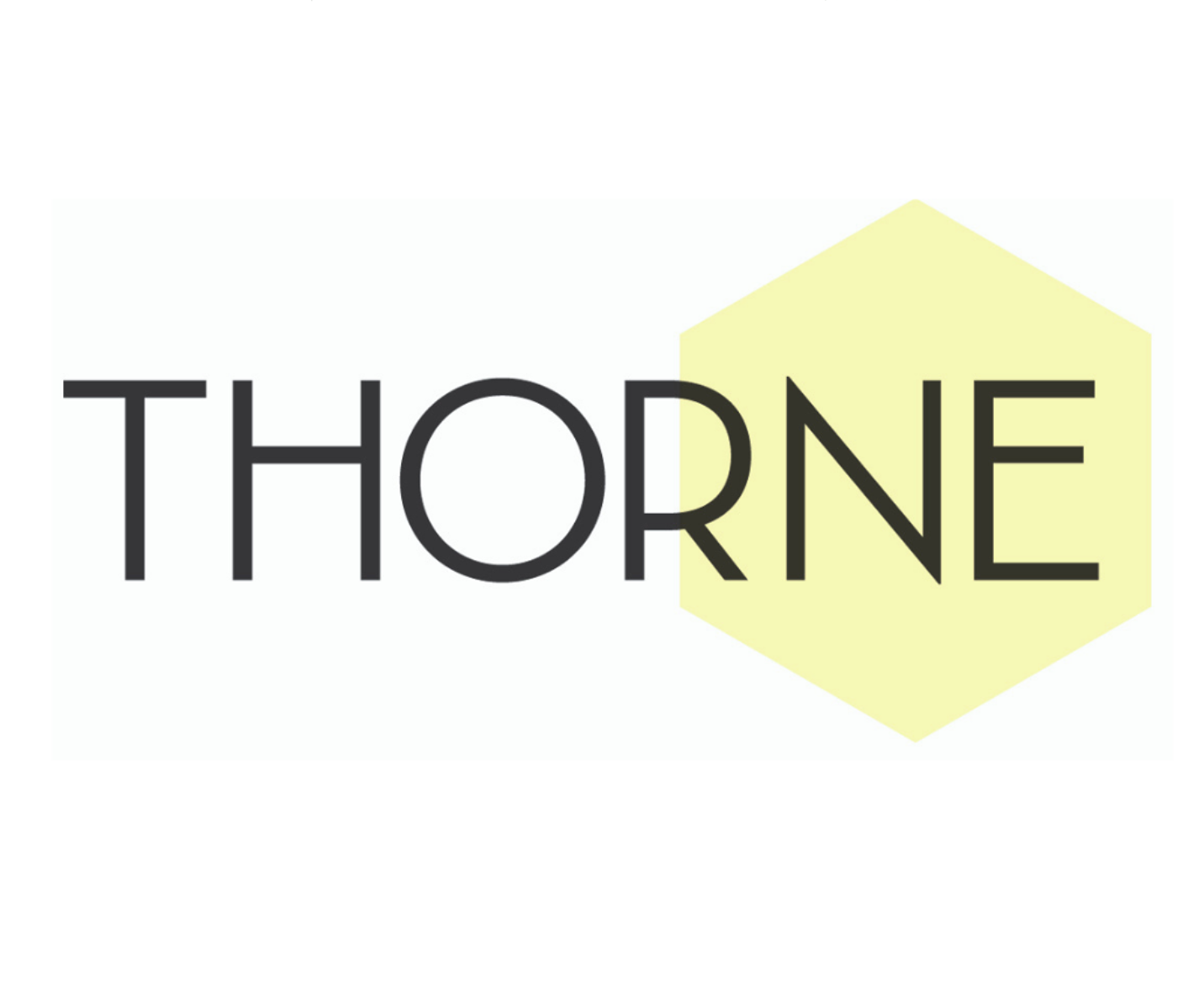
Vast range of Beekeeping supplies and information.
A great FAQ section for all levels of beekeeper.
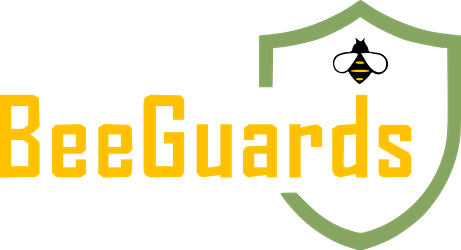
BeeGuards
BeeGuards aims to strengthen the resilience of the European beekeeping sector by providing sustainable management practices, novel breeding strategies and digital and forecasting tools that allow the sector to adapt to a changing environment.
Learn with Beebase
Bee base contains resources that will be useful to all beekeepers, from those who are just starting to think about keeping bees to those with many years of experience. Here's a few of our most visited pages on Bee base.
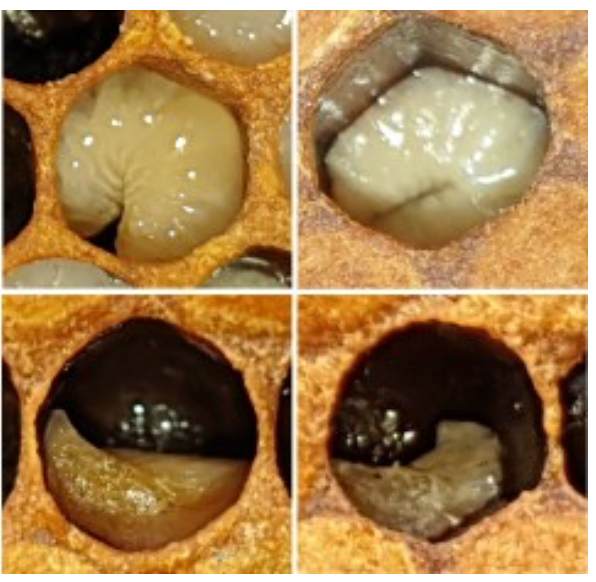
Diseases & Pests
These pages give details of honey bee pests and diseases that all beekeepers must be aware of to maintain productive stocks of bees.
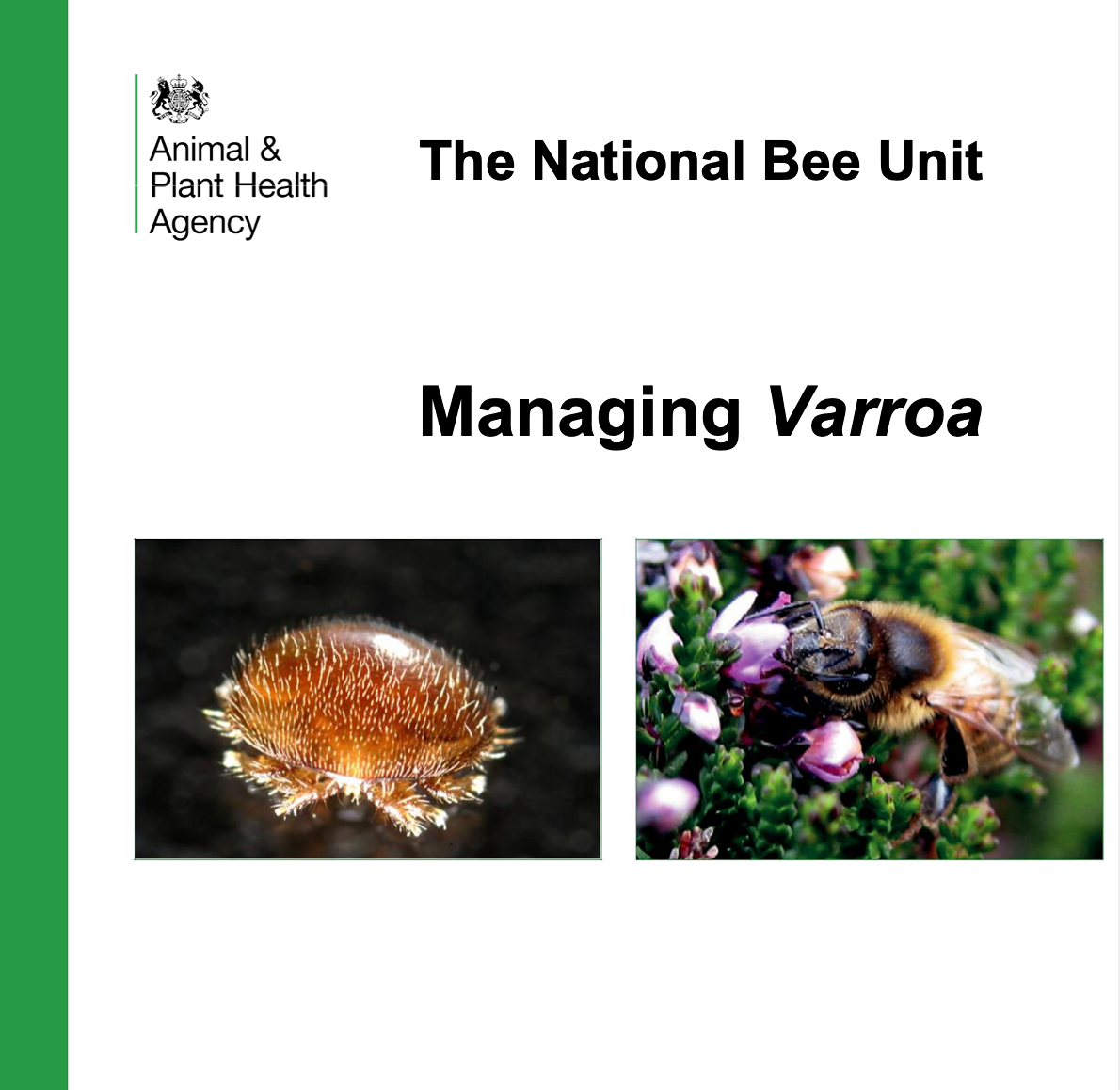
Advisory leaflets
Advisory Leaflets provide an in-depth look at a subject. Their ‘Starting right with bees’ leaflet provides everything a beginner beekeeper, or yet-to-be beekeeper, needs to know to get started with their new hobby.
Tropilaelaps
In 2024, Tropilaelaps was confirmed for the first time in Europe, infesting honey bee colonies in southwest Russia and Georgia. These reports mark a continued movement towards the west from origins in Asia. Migratory beekeeping and bee stocks sales are likely pathways for the rapid movement of this dangerous mite.
Take a look at the download from Beeguards.eu to familiarise yourself.


Honey Labelling
Thorne has put together the following simplified guide to honey labelling:
UK Honey Labelling Regulations
Below is our simple advice on honey labelling. For more detailed information – go to the website of the Food Standards Agency.
The word HONEY is required.
The weight must be on the label – we will ensure it is the legal size and format.
You can specify the area where the honey is produced. For example, Lincolnshire, Forest of
Dean, Scottish Borders.
You can specify the type of honey. For example, Heather Borage. The honey must be at
least 75% of that particular type.
If you are selling the honey, you must have your name and address on the label. It does not
need to be complete, but you should be able to be found from the information.
If you are selling the honey through a third party, you must have a lot number.
You must have a best-before date on the jar. We suggest 2-5 years from now.
You must have a country of origin on the jar. For example – Produce of England, Produced in
Scotland, Harvested in Wales. Adding the country to the end of your address is not acceptable.

